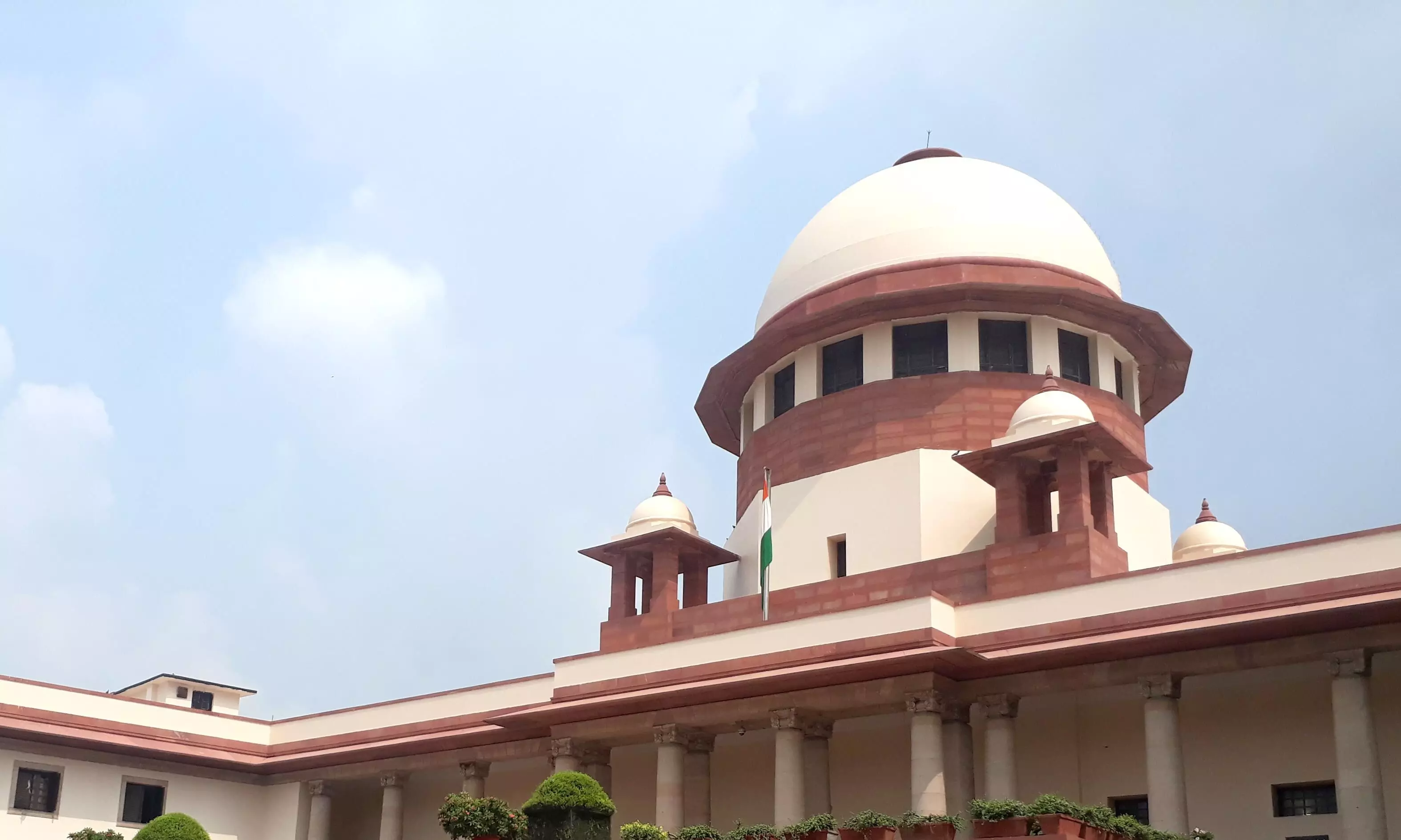
Supreme Court Directs CEC To Submit Report On Request Of Railways To Cut 5094 Trees
 |
|The Supreme Court today directed the Central Empowered Committee (CEC) to examine and submit its report in a matter in which the Rail Vikas Nigam Limited (RVNL) has sought permission to cut 5,094 trees for a railway line project between Mathura and Jhansi in the Taj Trapezium Zone (TTZ).
TTZ is about 10,400 sq km, spread over the districts of Agra, Firozabad, Mathura, Hathras and Etah in Uttar Pradesh, and Bharatpur district of Rajasthan.
Solicitor General Tushar Mehta, representing the RVNL, told a bench of Justice L Nageswara Rao and Justice B R Gavai that the present railway track between Delhi-Mathura and Jhansi is choked and even after the best efforts, trains are delayed due to non-availability of free tracks.
Mehta referred to the January 29 last year order passed by the apex court which had permitted cutting of 4,102 trees for laying the third railway track between Mathura Junction and Jhansi.
"Let the CEC submit a report", the Bench said.
As further permission is sought for cutting of yet another 5,094 trees which is required for the railway line, CEC is directed to examine the matter and submit a report, the Bench said.
It directed the CEC to submit the report within four weeks in view of the importance of the project. The Bench said the matter would be listed thereafter.
The Apex Court was hearing an application filed by the RVNL seeking permission to fell 5,094 trees for the railway line project. The Bench also dealt with several other applications filed in the TTZ matter.
In its January 29 last year order, the Apex Court had permitted felling of 4,102 trees for the railway line project subject to conditions which were suggested by the CEC, including that the felling of trees on the right of way identified for the project shall be limited to the bare minimum number and which is absolutely unavoidable.
The Court is hearing the matter related to protection and preservation of the iconic Taj Mahal at Agra and its surroundings. The Court has been monitoring developments in the area to protect the monument, built by Mughal emperor Shah Jahan in the memory of his wife Mumtaz Mahal in 1631. The mausoleum is a UNESCO World Heritage Site.
With PTI inputs